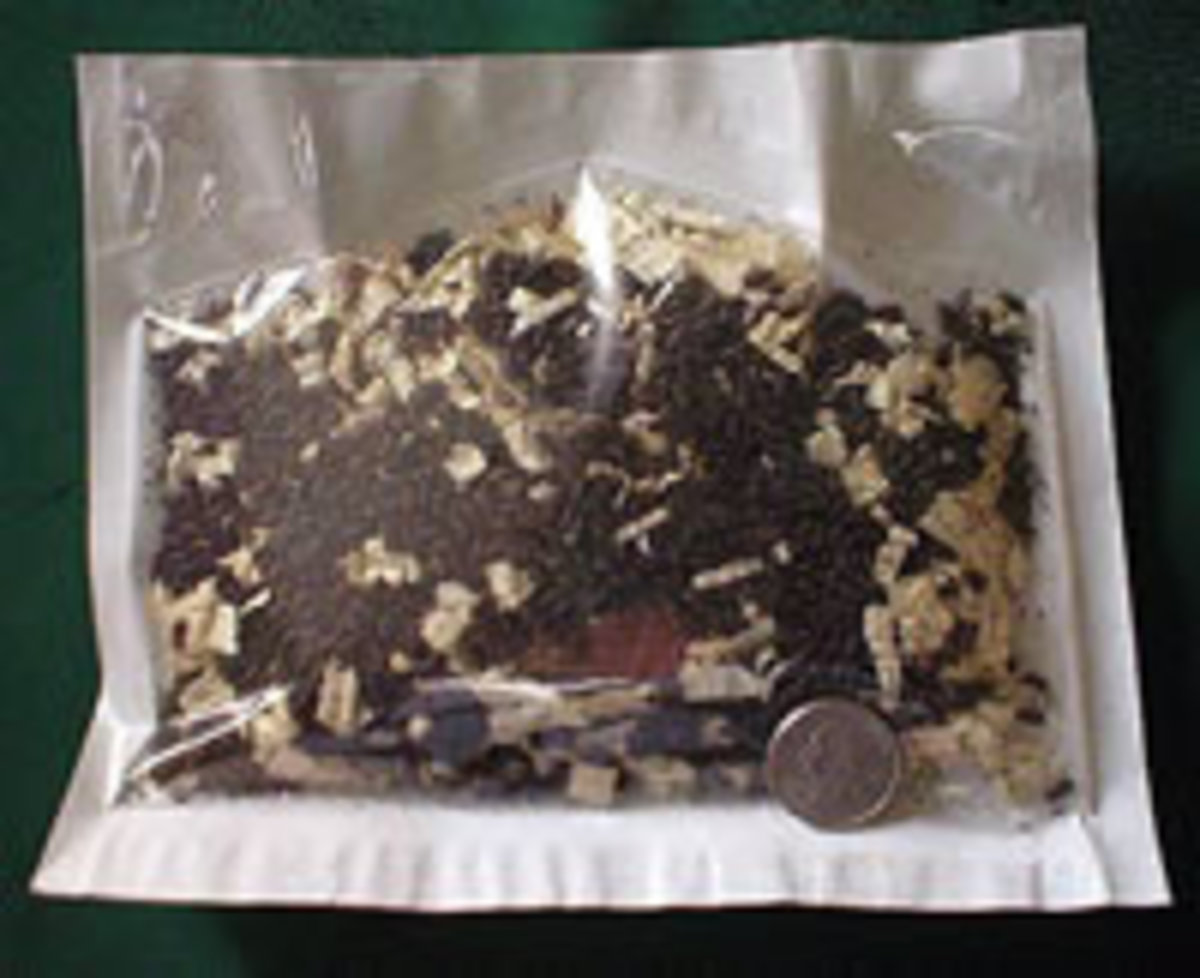Home > Horse Care > Parasite Control > Make Predators and Parasites Work for You
Make Predators and Parasites Work for You
- July 25, 2019
- ⎯ Equus
Introduce Beneficial Nematodes
Many farm and garden suppliers stock nematodes, microscopic roundworms that normally live in the top layer of the soil. Several species of nematodes are available, but Steinereman carpocapsae is most effective against larvae of house- and stable flies. Juvenile nematodes enter the bodies of fly larvae either by being eaten or by crawling in through openings, and once inside, the nematodes release harmful bacteria that kill the host, giving the nematodes a steady source of food to produce a new generation. Dormant nematodes are shipped in vials; mixed with water, they are sprayed on manure piles and other breeding areas.
Fly predators, like these from Spalding, stop pest flies by taking over the fly

Look After Your Natural Water Features
Small ponds and lakes have a reputation for being insect breeding grounds, but in fact non-polluted waters usually support enough fish to keep the bugs under control. Minnows, in particular, love to feast on insects and larvae from the surface of the water. To further reduce insect egg-laying grounds, remove floating debris from ponds periodically. And keep in mind that fish are very sensitive to pollution; to keep yours healthy, avoid applying herbicides or insecticides where runoff will carry the toxins into your pond. Check with county extension agent for advice on improving the health of natural waterways on your property; the agent can also probably tell you where you can find appropriate fish species if your pond needs stocking.
Unleash Fly Pupae Parasites
Fly larvae must develop into pupae–a dormancy period in a hard, cocoonlike covering–before emerging as adults. A species of tiny wasp has proven to be an effective predator against pupated flies. Several companies sell packets containing fly pupae that have been parasitized by tiny wasps, Spagalangia nigroaenea or Muscidifurax raptor.
Unlike the hornets and yellow jackets that plague picnickers, these wasps do not sting large animals; at an eighth of an inch long, they’re so small they’re difficult to see with the unaided eye. But they do sting fly pupae and lay their eggs inside; when the wasp larvae hatch, they use the contents of the pupae for food. Because flies can reproduce faster than the wasps can, you’ll need to reapply your little predators every few weeks throughout the season. Check with your distributor to find the species of wasp most suited to your region.
Make Room for Bats
Having bats in the barn may make some people squeamish, but these beneficial and benign little animals can have a tremendous impact on your insect population: One brown bat can catch 2,000 flying insects in a single night, according to Bat Conservation International, and a colony of 150 bats can eat 33 million insects over the course of a summer. Of course, bats are more likely to hunt night-flying insects, such as mosquitoes and biting midges, but they will also catch day-fliers in early dusk. To attract bats without letting them into the barn, try erecting a commercial or homemade bat house. For more information, visit www.batcon.org.
Attract Wild Birds
Many species of songbirds, such as orioles, swallows, chickadees, jays, fly-catchers, wrens and warblers, devour insects. You can encourage more wild birds to move onto your property by offering them an ample supply of three basic essentials: food, shelter and fresh water. For shelter, plant a variety of small and large trees, both deciduous and evergreen, as well as busy shrubs; plants that bear seeds and berries will help keep birds in your yard year-round.
Offering a wide variety of bird feeds will attract many different species of birds, but as a general rule, insectivores usually prefer suet to seed. Barn swallows in particular like to eat large flies. Although they make messes under their nests, barn swallows allowed to settle someplace on your property will repay you by reducing your fly populations; protect eaves or other areas by netting them off, but let the birds build nests where they won’t cause trouble. Or, try nailing up a plywood “shield” to catch droppings from the nest. Purple martins also have a solid reputation for reducing fly populations around livestock yards; they prefer that their distinctive command houses be placed in grassy fields near a permanent water source.
This article is excerpted from “25 Ways To Bolster Your Fly Control Program,” which originally appeared in the May 2001 issue of EQUUS magazine.





